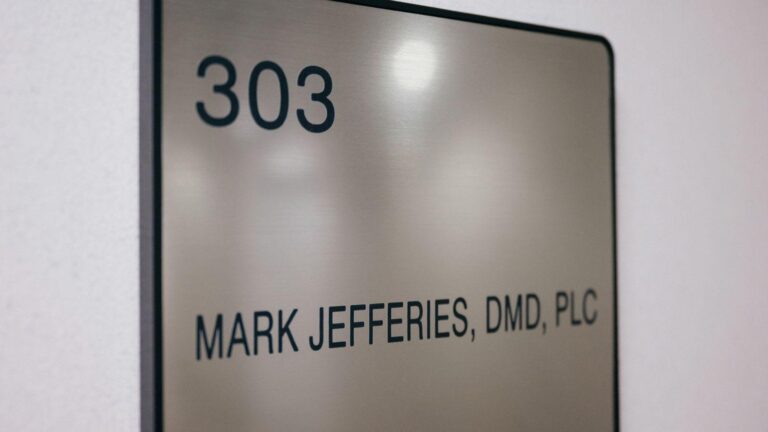01.
Process of Tooth Extraction
The Exam: First, your dentist examines the tooth and the surrounding area. This usually includes an X-ray to see the tooth’s roots, position, and if there is an infection below the surface. If the tooth can be saved by a filling or crown, this will bring that to the surface.
Numbing the Area: Your mouth is then numbed with a local anesthetic. You’ll still feel pressure during the procedure, but not pain.
Loosening the Tooth: The dentist will gently rock the tooth back and forth to loosen it from the socket and the ligaments holding it in place.
Removing the Tooth: Once it’s loose enough, forceps are used to remove the tooth. This part is usually quick. If the tooth is impacted or broken, a surgical extraction may be needed, which involves making a small incision in the gum and possibly sectioning the tooth into smaller pieces.
Managing the Bleeding: After the tooth is out, gauze is placed over the socket, and you’ll bite down to help stop the bleeding and form a blood clot.
